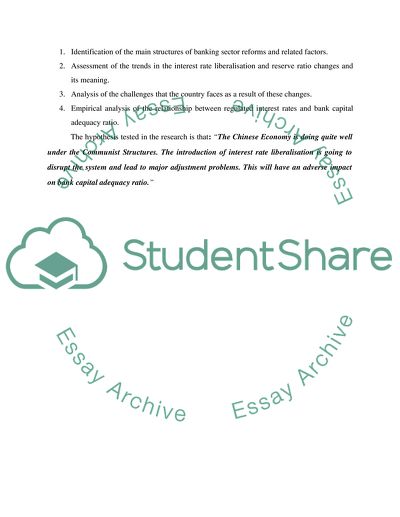Cite this document
(“Impact of Interest Rate Liberalisation on Chinese Economy Essay”, n.d.)
Impact of Interest Rate Liberalisation on Chinese Economy Essay. Retrieved from https://studentshare.org/macro-microeconomics/1609109-please-see-instruction
Impact of Interest Rate Liberalisation on Chinese Economy Essay. Retrieved from https://studentshare.org/macro-microeconomics/1609109-please-see-instruction
(Impact of Interest Rate Liberalisation on Chinese Economy Essay)
Impact of Interest Rate Liberalisation on Chinese Economy Essay. https://studentshare.org/macro-microeconomics/1609109-please-see-instruction.
Impact of Interest Rate Liberalisation on Chinese Economy Essay. https://studentshare.org/macro-microeconomics/1609109-please-see-instruction.
“Impact of Interest Rate Liberalisation on Chinese Economy Essay”, n.d. https://studentshare.org/macro-microeconomics/1609109-please-see-instruction.


